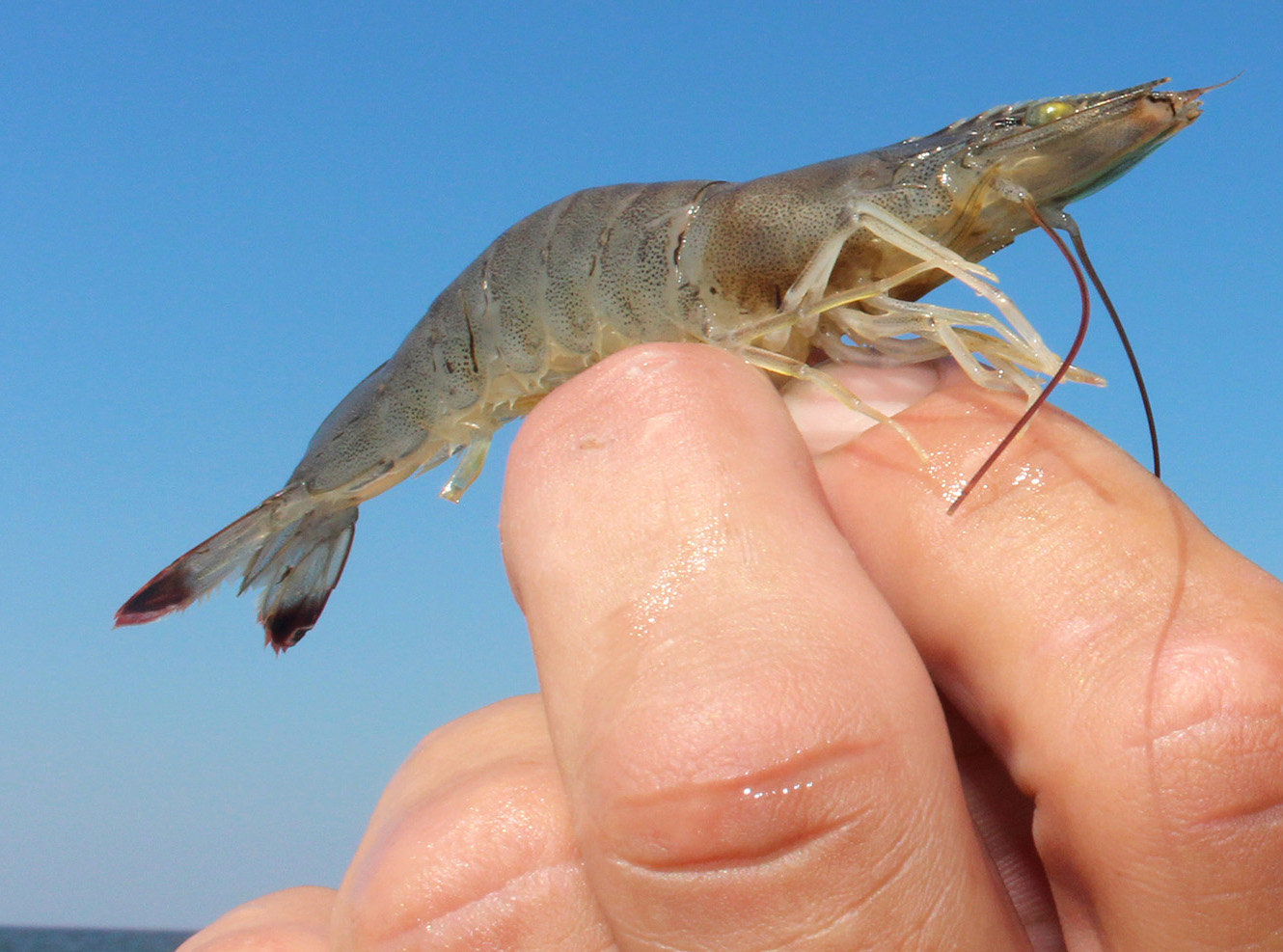RUNEON Bile Acids—Solutions for Abnormal Molting of Shrimp

In shrimp farming, everyone knows that the growth of shrimp must depend on molting. Under the suitable environment, the shrimp seeds molting once every 30 to 40 hours. With the weight of 1 to 5 grams molting every 4 to 6 days. The shrimps of 15 grams or more is usually molting once every two weeks. In some cases, shrimps may suffer from molting hard and even death. So, what are the factors that make shrimps have abnormal molting?
Nine potential reasons for hard-molting
1. The water quality deteriorates, and the body shrinks when the old shell only comes out halfway or the old shell is just taken out.
2. Nutritional problems, long-term hunger affects the molting. The lack of nutrition or poor feed leads to calcium deficiency then affect the molting.
3. Too much density and mutual interference will prolong the time of molting and cause death.
4. The water temperature changes suddenly. The low temperature hinders the molting and the high temperature delays the molting.
5. Drug effects: excessive application of using antibiotics affects molting significantly.
6. The light is too strong or the water is too transparent. That affects the molting.
7. Some harmful organisms such as ciliates mineralize the shell of the shrimp. The adhesion of the old and new shells makes it difficult for the shrimp molting normally.
8. Insufficient dissolved oxygen.
9. The lack of trace elements and minerals. This is a very important factor.
Six circumstances cause the molting abnormally:
1. Weather changes suddenly, such as heavy rain, typhoons and so on. This kind of situation often accompanied by large numbers of deaths.
2. Water quality changes, especially PH changes.
3. Long-term use of feed with ecdysone. The usage of ecdysone in proper time can help the growth. However, excessive usage has the opposite effect.
4. A large amount of water exchange to stimulate the molting.
5. Large number of algae deaths.
6. Pathological shelling after illness, the sick shrimp is very sensitive to external changes. Pathological shelling occurs when external factors are slightly changed.
Soft-shell phenomenon of shrimp:
If the abnormal molting happens too frequent, shrimps will have weak conditions such as soft shells and slow growth. Mainly due to weak constitution, lack of nutrition, lack of calcium source or some bacterial infections can also lead to this phenomenon. The soft shell of bacterial infection is usually accompanied by abnormal body color, muscle turbidity, red body, etc.
Misunderstand for shrimp molting:
A lot of farmers think that the shrimp grows up after molting. So they want to try to shorten the molting interval. The faster growth of the shrimp, the breeding cycle shortened. In fact, this is wrong. Because shrimps need to accumulate considerable energy before molting. Each molting is the weakest period of the shrimp body. It is easy to be infected by the pathogen. Using some abnormal methods to accelerate molting will result in lower weight gain, decreased shrimp health situation and lead to diseases.
Therefore, to select the healthy shrimp seeds, to create a water environment suitable for the growth of the shrimp. Feeding the feed with comprehensive nutrition and formula. At the same time adding RUNEON bile acids to enhance the hepatopancreas function of the shrimp so that improve the immunity of the shrimp.








